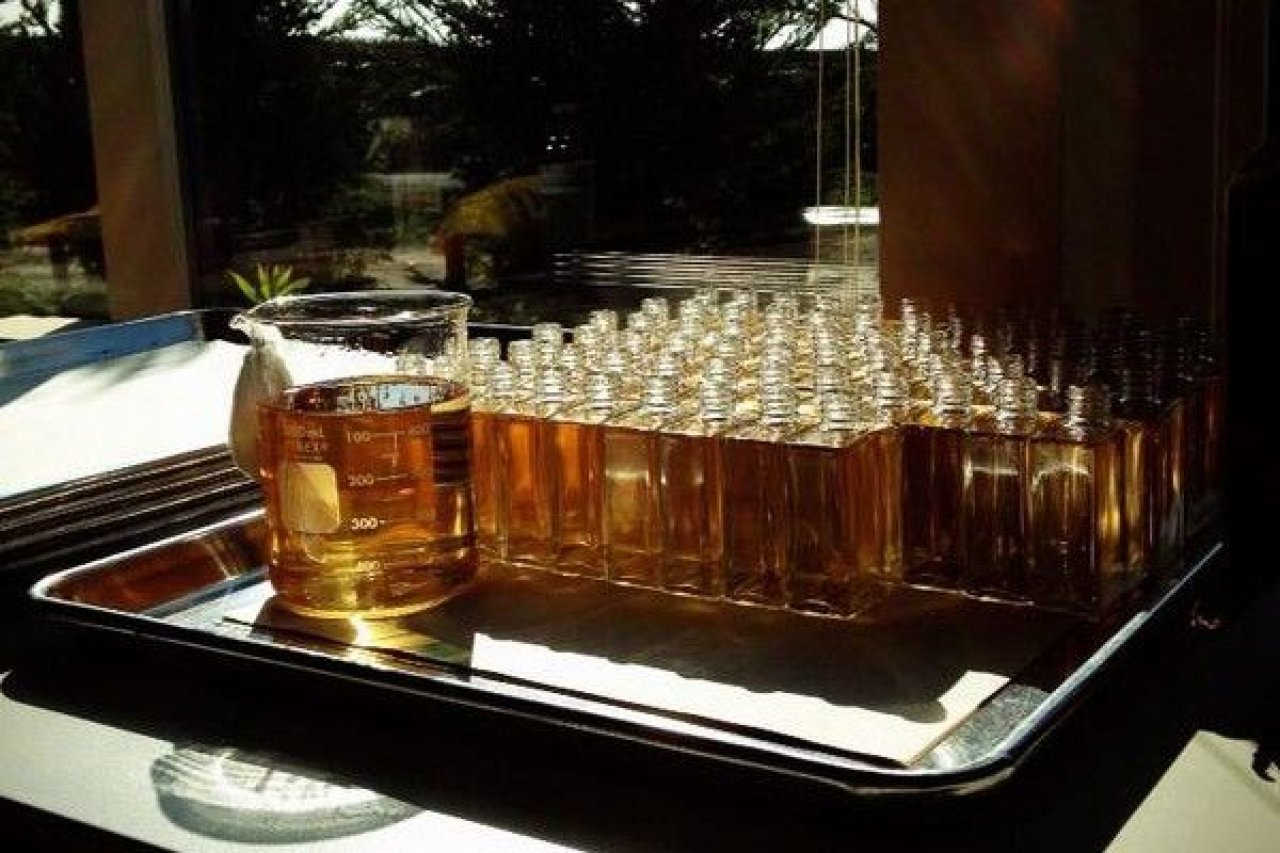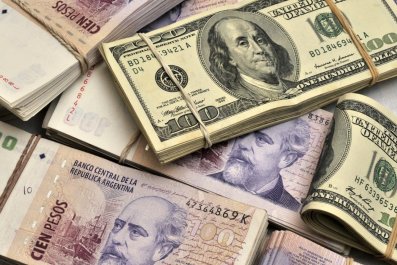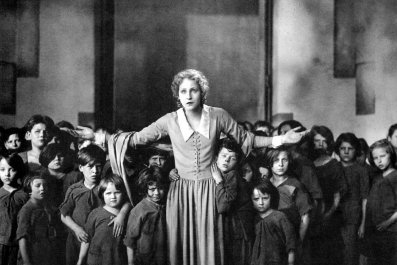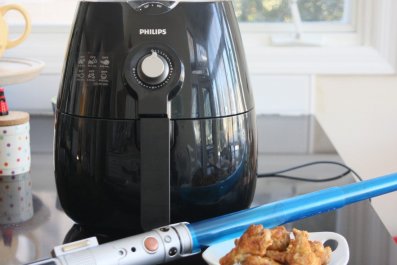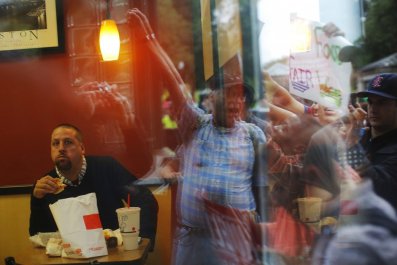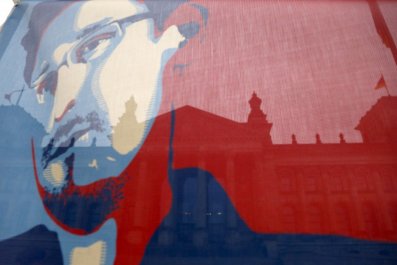Sigmund Freud theorized that repressing or censoring ideas simply meant that they found their way back into expression in other forms: in dreams, jokes or in errors in speech - now known as Freudian slips.
This theory is proving itself in an unexpected way, through the herba non grata of the modern Western world: tobacco. Banned in cigarette and cigar form from venues once considered its sacrosanct natural habitats - such as New Orleans dive bars and Parisian cafes - tobacco is popping up as an ingredient in the more socially acceptable forms of food, drink and even perfume.
If you can't smoke it, this trend suggests, then you might as well eat it, drink it or at least smell like it.
For Amy Marks-McGee, founder of Trendincite, a New York City-based company that consults on trends in flavor and fragrance, it was clear that tobacco was trending when she began to spot it in unrelated places.
First, she saw it in perfume. Tobacco has been a base note in classic perfumes for more than a century, but Marks-McGee began to see it given top billing in fragrances such as Xerjoff's Comandante, a perfume made for cigar-lovers, and in the unambiguously named Tobacco 1812 by West Third Brand. And do you miss the smell of cigarette smoke in your clothes, hair and furniture? Never fear! Rosy Rings will provide you with a more palatable, chic reminder with their Honey Tobacco-scented Room & Linen Home Fragrance Spray.
Marks-McGee next saw tobacco in vodka (Ivanabitch's tobacco-flavored vodka, which comes in menthol, too), and then in ice cream, at Brooklyn, N.Y., ice cream shop OddFellows, which offers a tobacco leaf with smoked chili and huckleberry ice cream.
And finally, what drove home Marks-McGee's tobacco-trend hunch was learning about a venue in the Lower East Side called Prohibition Bakery, which specializes in boozy cupcakes. Its pièce de la résistance? A booze and tobacco-laced Laphroaig scotch and cigar cupcake with molasses. Although the recipe for this cult favorite is a secret, its creator and co-owner of the bakery, Brooke Siem, revealed with a twinkle in her eye that what she has called the "Black Amex of cupcakes" has a base made with a tincture of tobacco leaves.
Tobacco might be trending now, but chefs have been considering its possibilities for a while. About four years ago, specialty pepper farmer David Winsberg of Happy Quail Farms in East Palo Alto, Calif., began to be approached by local chefs interested in buying the tobacco leaves he grew mostly as a natural insecticide for his pepper crops. Some wanted to smoke vegetables with it and cook pork shoulders in it, others to muddle it into specialty cocktails. Thomas Keller of French Laundry, a restaurant in Yountville, Calif., wanted to use the tobacco in a dessert. It wouldn't have been his first: He famously made a tobacco-leaf and coffee custard for Anthony Bourdain for a 2002 episode of A Cook's Tour.
"Tobacco has a bitter and earthy flavor," says Winsberg. "Its spiciness is almost like a hot pepper and something you can feel in the back of your throat." (Without the danger of throat cancer, of course.) But don't fantasize about replacing nicotine gum with nicotine-laced dessert just yet. Barb Stuckey, executive vice president of the Mattson food development firm, and author of Taste What You're Missing, a book about the science of taste, says, "The amount of stimulants in tobacco used to flavor a dessert wouldn't be likely to have any biological effects." But just in case, Prohibition Bakery limits the number of their scotch and cigar cupcakes to one per person - and it's the one cupcake they don't deliver.
What might be most compelling about using tobacco as an ingredient is the subversiveness of the trend. Is there not a thrill, in a world of ever-increasing banned pleasures, of sneaking in something naughty and adult into the childhood comfort foods of cupcakes and ice cream? What Freud described as "the return of the repressed" or what the non-Freudian might call a straight-up rebellion against the "nanny state"?
Stuckey concurs. "It's taboo," she says. "Like eating a bald eagle."



